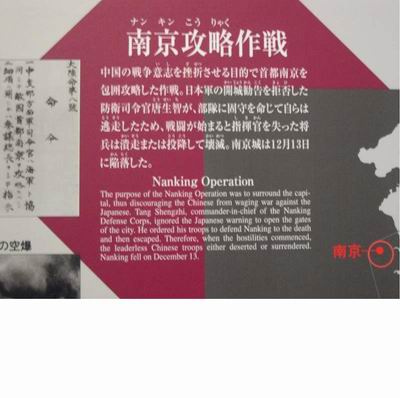Here’s a few links that I have laying around, mostly related to things that I’ve been discussing over the past week. I’m a little too tired and sick to offer any commentary right now, but feel free to leave your own.
The Daily Show’s comment on the anti-Japan protests in China, in streaming WMV. You know a story is big when the Daily show is making fun of it.
The Economist has a travelogue type article about life in a particular village in rural China.
Despite China’s increasing openness to prying foreign eyes, the dynamics of village life remain hidden away. Although the Chinese media report extensively on rural problems, foreign journalists require government approval to conduct interviews in the countryside (as indeed, in theory, they do for any off-base reporting in China).
In typical Chinese fashion, they only gave the reporter permission to visit one of the more prosperous rural villages, but that aside it’s still an interesting piece.
The Taipei Times is carrying an Associated Press report on how China is using the war on terrorism to supress the Uyghur’s Muslim lifestyle in western Xinjiang province.
Comparing the situation to Tibet, a report by the two groups said Muslims in the Xinjiang region are “concerned for their cultural survival” amid a government-financed influx of settlers from China’s Han ethnic majority.
ESWN translated a section of a very interesting article on how the Chinese government suppresses their own history. Amazingly the author of the article is in Beijing- I hope nothing bad happens to him.
When it comes to viewpoints about warfare and nationalism, the Chinese people are not better than the Japanese. “The winner becomes the emperor while the loser is just a bandit” is an age-old concept of warfare in China. The arrogance of the Han tribe about owning everything under heaven continues to live on today as nationalism. More particularly, the way in which the Chinese Communists have fabricated history and used lies to rule since seizing power is much worse than how the Japanese rightists are revising their history of invasion; the way in which the Chinese Communists have beautify their totalitarian rule is much worse than how the Japanese rightists have beautify militarism. The way by which the Chinese Communists have ruled with lies has created a basis by which Japan can revise its history in order to fool the new generation of Japanese.
This web site seems to be associated with the organization that created the controversial new textbook in Japan. They have a near endless supply of offensive articles written in Japanese, as well as a number in English so poor that they seem to have been translated by a computer. They also host a couple of articles contributed by a fellow with a Germanic sounding name, who manages to combine anti-Semetic and pro-Japanese Imperial sentiment.
The ancient Hebrews, however, have shown a propensity for mass enslavement and slaughter following victory. Since Jews have significant influence over U.S. military and foreign policy, perhaps some of these ancient lessons have been carried over into modern times. It would not be a stretch to suggest that American post-war policies may be an extension of the Jewish experience.






